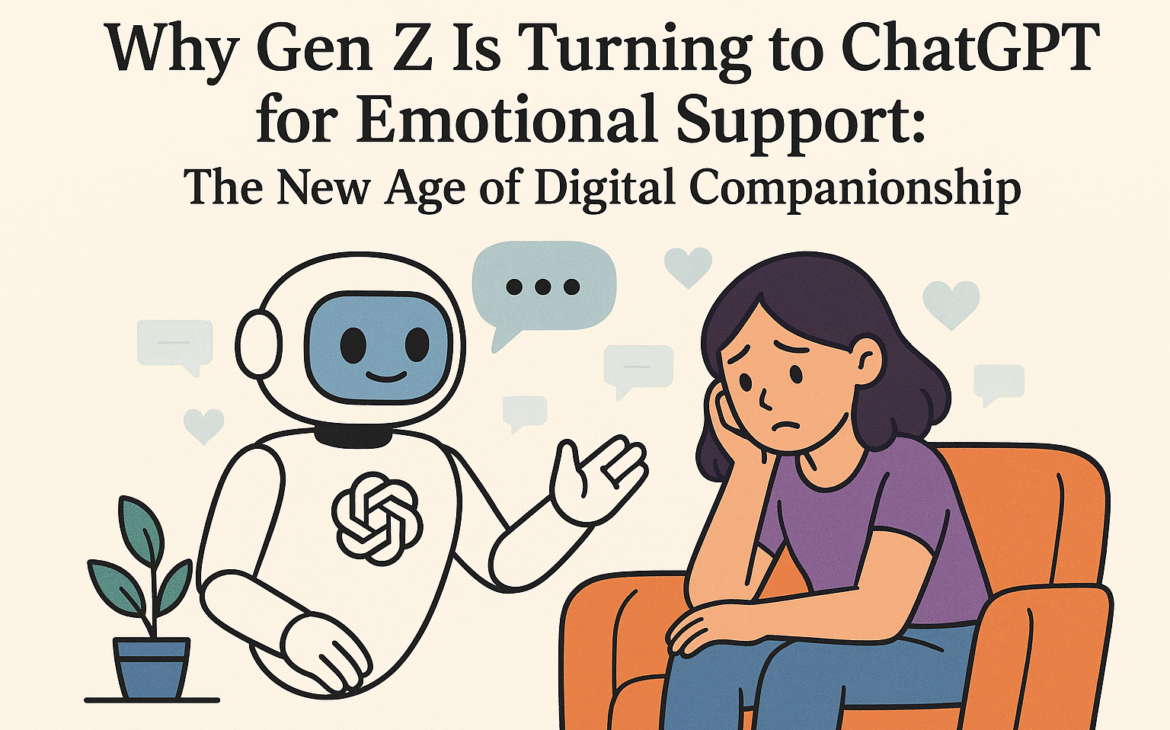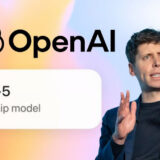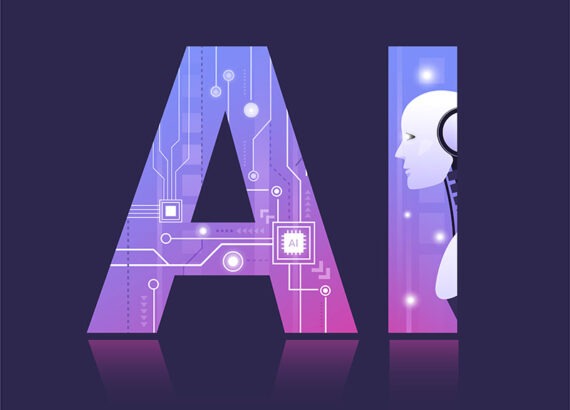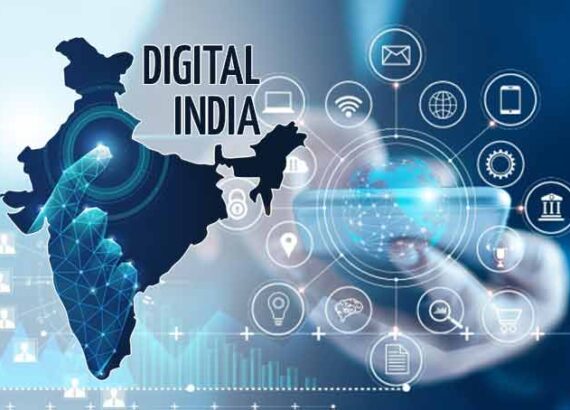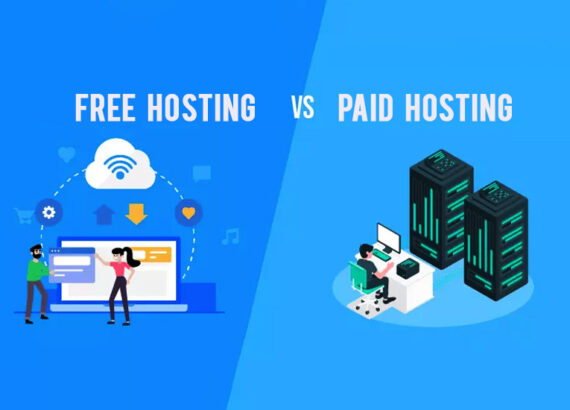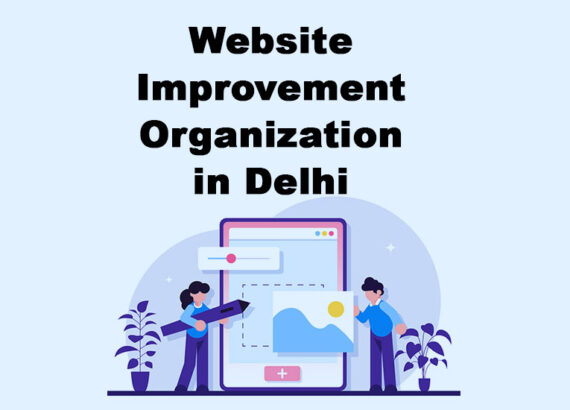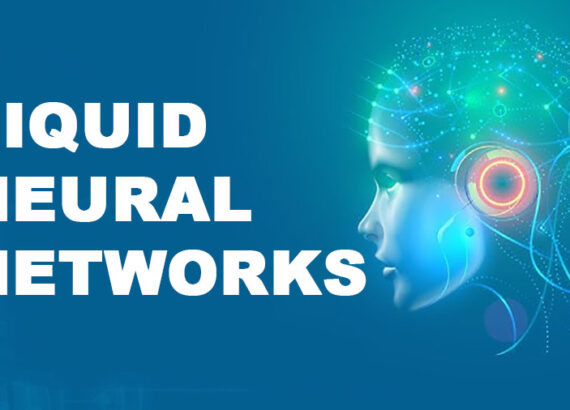In this hyper-connected age, it’s ironic how isolated so many of us really are. Most so for Gen Z and young millennials, the emotional landscape is a more complex one. Social media has filled timelines with stages of perfection, but actual conversations are sparse. Friends are “online,” but not necessarily emotionally present. In the midst of this emotional desertscape, a savior has turned up, not an individual but an artificial intelligence in the form of ChatGPT.
At first thought this feels odd: why would young people divulge in a chatbot instead of a best friend or some therapist? Nevertheless, understanding it better, and you’ll find the perfect storm of lonesomeness, uncertainty, overstimulation, and a craving for validation that has made ChatGPT not just a tool, but a buddy.
A Generation Raised on Screens, Craving Safe Conversations
Since childhood, Gen Z has been surrounded by technology. They’ve had smartphones in their pockets, Google as their encyclopedia, and YouTube as their classroom. Consequently, digital communication became second nature. While access to information was booming, however, emotional security did not keep up.
Contrary to previous generations, this one is not always keen on reaching for the phone or ringing a friend’s doorbell at 3 a.m. when anxiety’s claws get going. They’ll more likely click on a chat window than open up a face-to-face. With ChatGPT, the inhibitions vanish. There is no worry about judgment, interruption, or misreading. AI listens without fatigue, provides formatted answers, and most crucially, never spills secrets.
The Need for Validation: Why a Bot Feels “Enough”
Validation is a profoundly human desire. A like on a picture, a retweet, or a mere “I hear you” makes youth feel their feelings count. Nevertheless, the real world is intricate. People are busy or otherwise emotionally unavailable.
But this is what turns people to ChatGPT: ChatGPT offers immediate validation. It never remembers forgetting what you said, never invalidates your emotions, and exists 24/7. Need to vent about your boss? To share your poetry? To ask if you’re reading too much into a text? The AI is there, answering with empathy-filled words that repeat, “You’re valid.”
This dependability creates an illusion of emotional closeness. It is not necessarily “real” in the classic sense, but for a generation that feels ignored, it’s more than sufficient.

Social Anxiety and the Safety of Anonymous Contact
Social anxiety is more rampant than ever before in today’s youth. From video call exhaustion to the ever-present burden of speaking the “right” words, communication with others can be exhausting.
ChatGPT presents an escape route, a world where there are no embarrassing pauses, no facial expressions or body language required, and no worry about “getting something wrong.” In this realm, exchanges are linear, manageable, and purely pressure-free.
This has made ChatGPT an acting room for many: teenagers rehearse job interviews, practice difficult conversations, or just practice developing their way of speaking. It is a mirror and a practice area, with absolutely no fear of rejection.

The New Journaling Mode: Dialogue with an AI Therapist
Journaling has been prescribed for decades as a way to stay in control of emotions, keep track of personal growth, and release mental tension. However, many digital natives prefer the keyboard to the pen and talking to someone (or something) that will talk back.
That’s where ChatGPT enters the picture. It turns the solo exercise of journaling into something interactive. The purpose of an adolescent sharing their fear means they seriously want a response. Besides, they need awareness and inspiration.
Most youth affirm that “ChatGPT is like a speaking diary,” where they can sift through ideas, reflect, and even, on occasion, find solutions. In contrast with stagnant journaling, when at times the emotional tempo lags, AI-powered conversation keeps the pace going.

Closing the Therapy Gap in a Broken Mental Health System
Well, the reality of the situation is that mental health care is still a luxury for far too many. Long wait times, exceedingly expensive, and cultural stigma are immense barriers. Even when assistance is offered, it’s not always that easy to share one’s personal thoughts with a stranger. Particularly one with the right to name, label, or reuse.
Meanwhile, ChatGPT does not judge you or pass comments, and is immediate. It is not replacing licensed therapists but bridging a gap, providing easy emotional support, reframing, and insight. To most teenagers, particularly rural or underprivileged adolescents, it is the doorway to self-discovery and healing. It’s not replacing therapy, but making emotional expression more accessible, anywhere, anytime, without billing cycles or judgment.

Is This the Future of Emotional Intelligence?
In lots of senses, yes. AI isn’t disappearing. If anything, it’s being incorporated more into our emotional lives. With features such as tone control, memory (in the top versions), and context continuity, ChatGPT is getting even more “conversationally smart.”
And young people are conforming. They’re learning to utilize AI as a sounding board, a tutor, a co-writer, and, yes, an emotional friend.
What’s remarkable is that this generation isn’t looking for spot-on answers; they want to be heard. If an AI can make that happen, even imperfectly, they’ll be back in business.

Conclusion
This quiet turn toward AI for emotional support is telling. It reveals a generation searching not just for answers, but for presence. For patience. For a space where they’re not too much, too dramatic, too needy. ChatGPT, for all its limitations, offers a version of that. Not because it’s human, but because, sometimes, humans are too busy to be human.
For more such amazing updates, follow Nextr Technology!
Thank you for reading
Buy Web Hosting at an affordable price: Buy Now.
If you want to build your website at an affordable price, contact www.nextr.in
Read this: How AI is Changing Education

